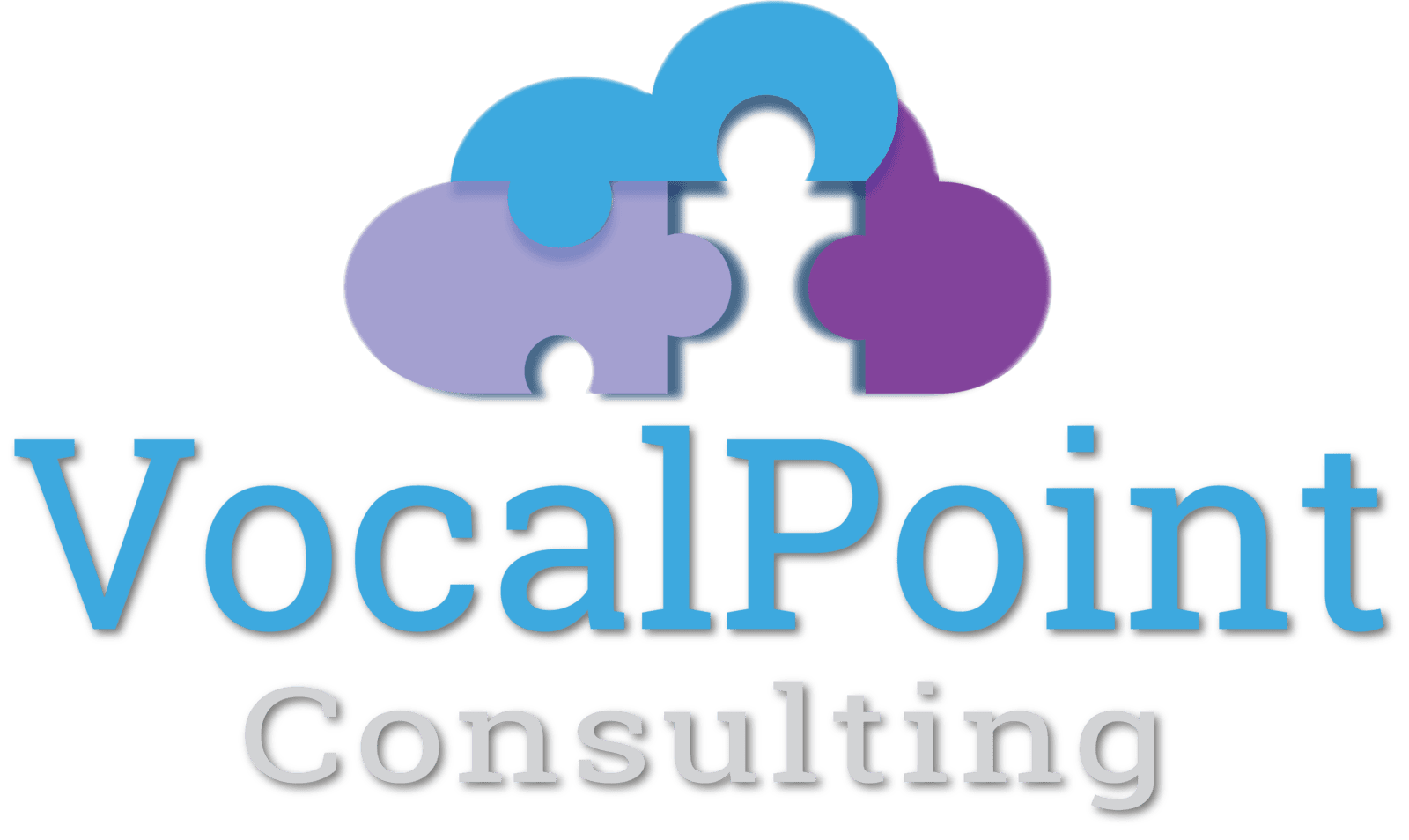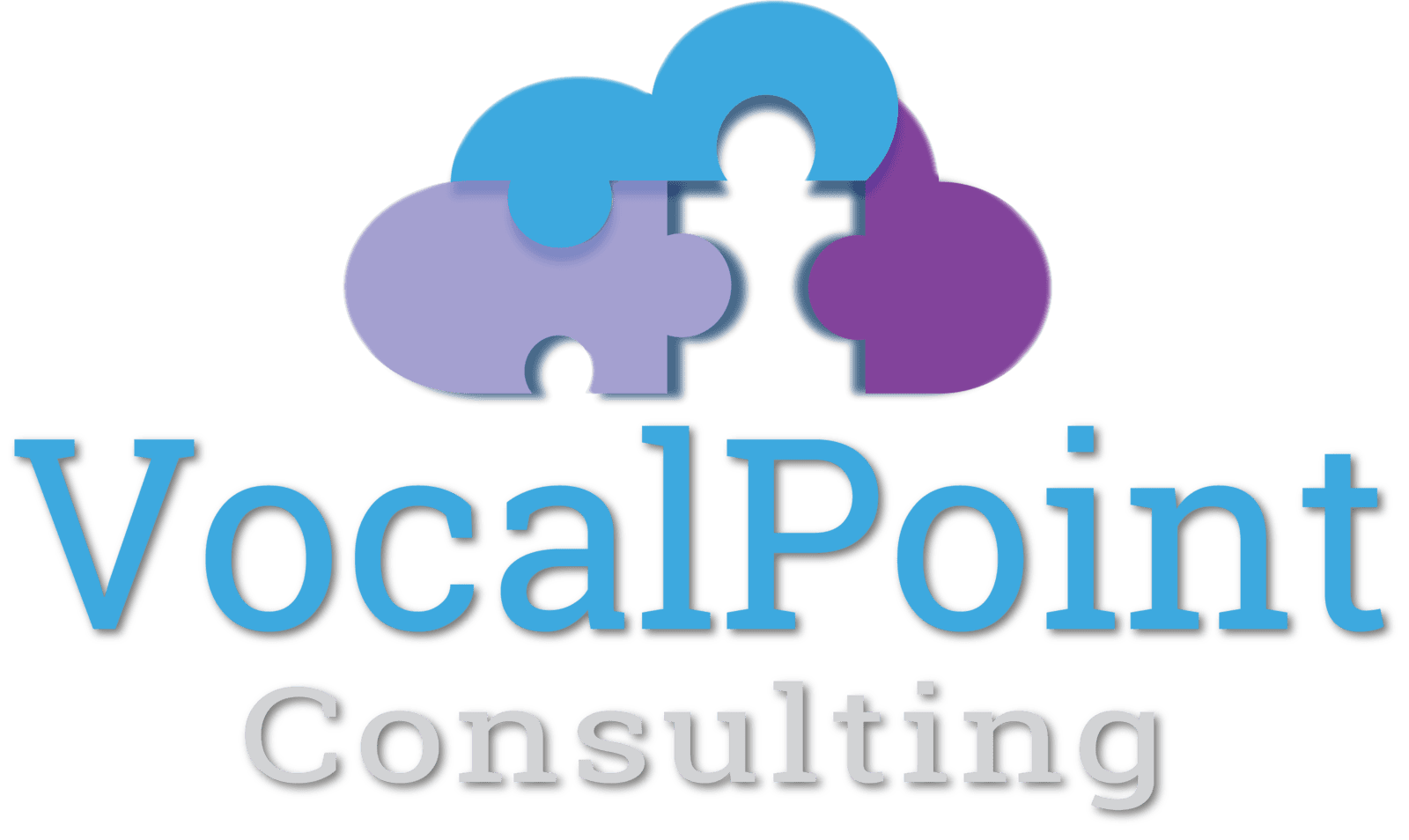Companies classically want to make the most of their technology spend. Often, that creates an innate emphasis on outward improvements, such as the implementation of new solutions or the introduction of leading tech. However, failing to focus on data security along the way is troubling, as it puts systems and information unnecessarily at risk.
Ultimately, securing data isn’t “sexy,” but it is crucial. Today’s companies rely heavily on the cloud, largely because of improved efficiency, higher scalability, and lower costs. But like any system, there’s inherent risk present in cloud environments, risks that must be addressed to remain compliant and secure.
If you need to secure data in your cloud-forward environment, here’s what you need to know.
Risks, Challenges, and Threats in Cloud-Forward Environments
It isn’t uncommon for companies to assume that the biggest threat to their cloud-forward environment is outside attackers. While that isn’t automatically incorrect, the reality is that brute force entry isn’t the approach du jour.
Often, companies mistakenly believe there are attack vectors that lie entirely outside of their control. However, most hacks occur because of a shortcoming in an existing system or procedure. Issues like poor credential management, insufficient employee training, failure to encrypt, and similar problems are often at the heart of data securing incidents.
Companies should evaluate their approach to data management and handling, looking for potential weak points in their strategies that could allow attackers to gain entry. By doing so, organizations can be proactive, shoring up weaknesses before they’re exploited.
Key Aspects of Data Securing in Cloud-Forward Environments
An effective data security strategy is traditionally multi-faceted. Using a layered approach ensures that any shortcomings of one method are offset by the strengths of another. Plus, multi-layered security strategies require more time, energy, and know-how to penetrate, which could be enough to keep attackers at bay.
In many cases, the best starting point if companies want to improve data security in cloud-forward environments is multifactor authentication. By requiring more than simple login credentials every time any authorized person wants to access a cloud environment, you increase the complexity of gaining entry for attackers without over encumbering employees.
Similarly, limiting authorization and continuously updating permissions as needed improves overall security without harming the end-user experience. By incorporating that into a zero-trust environment, there are fewer exploitable entry points.
Encryption and key management are both crucial parts of the broader equation. By ensuring all data is encrypted, using a suitably strong approach based on the sensitivity of the information, any critical data that’s acquired by an unauthorized party may be functionally useless. Through proper key management, you ensure that cryptographic keys aren’t obtainable or usable by hackers, further keeping data safe.
Logging activity via File Integrity Management is also essential in cloud-forward environments. With logging, you can determine if there’s suspicious activity taking place that could indicate attack attempts or other incidents.
Finally, choosing a cloud services provider that takes security as seriously as your organization is essential. Ultimately, not all cloud service providers have the same views on data security, with some going the extra mile in the area of compliance while others merely meet minimum standards. By going with a company that resembles the former instead of the latter, the partnership can lead to improved data security overall, ensuring your cloud-forward workplace is appropriately protected.

